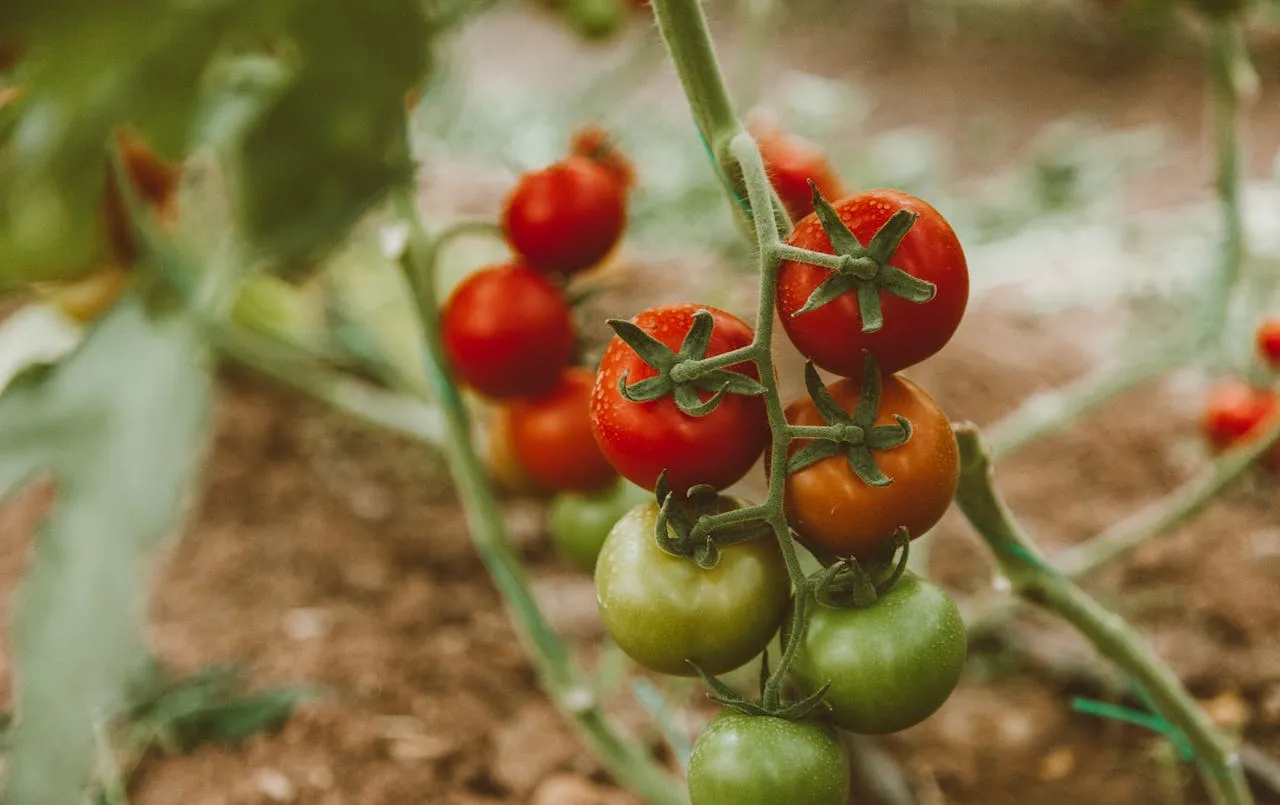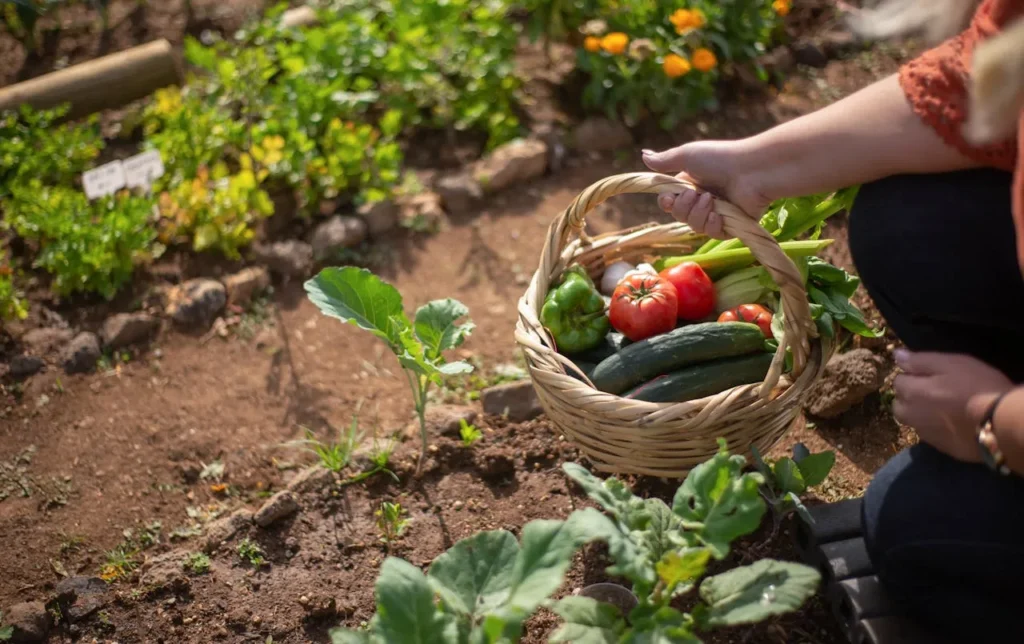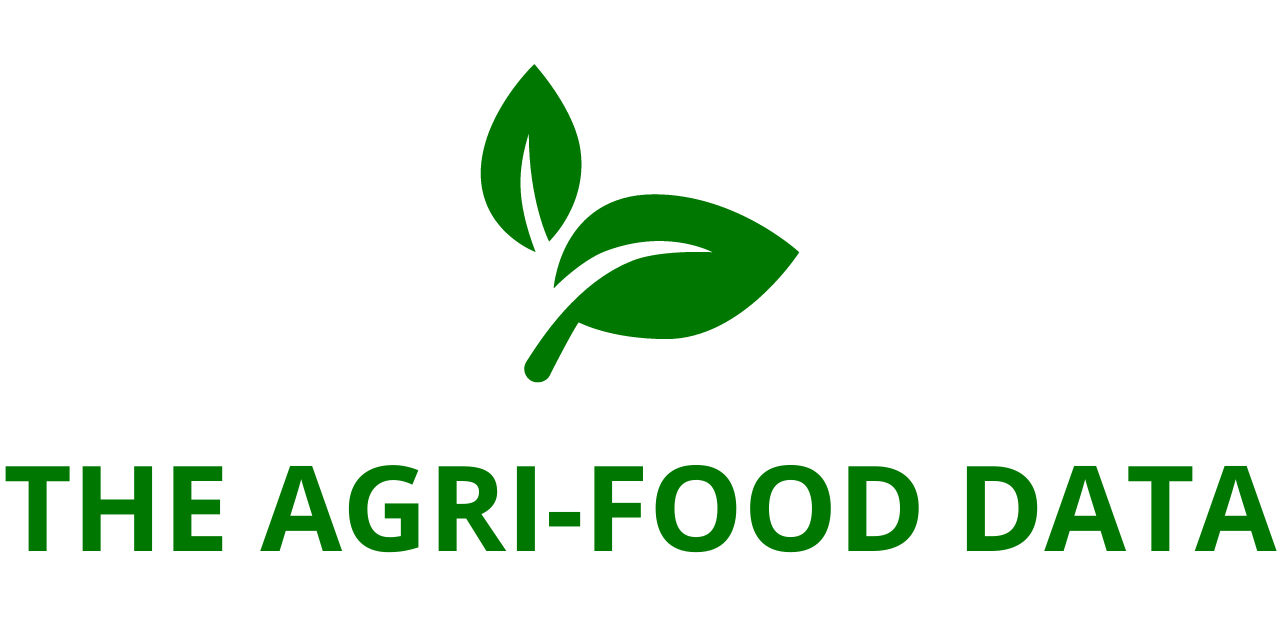
A new research report titled “Agricultural Food Loss Reduction Solutions Market by Crop Type (Cereals & Grains, Fruits & Vegetables, Oilseeds & Pulses, Horticultural & Specialty Crops, Root & Tuber Crops), Technology, Solution Type, End User, and Region – Global Forecast to 2030″ has been released by ResearchAndMarkets.com, offering detailed insights into a rapidly growing segment of the global agri-tech and food value chain industries.
According to the report, the agricultural food loss reduction solutions market is valued at USD 14.5 billion in 2025 and is projected to reach USD 22.5 billion by 2030, expanding at a compound annual growth rate (CAGR) of 9.2%. The study provides an in-depth examination of market dynamics, covering key drivers, restraints, opportunities, and competitive trends shaping the sector’s future.
Tackling the Global Food Loss Challenge
Food loss—defined as the reduction in edible food mass from harvest to retail—is one of the most pressing global issues impacting food security, sustainability, and resource efficiency. The Food and Agriculture Organization (FAO) estimates that nearly one-third of all food produced globally is lost or wasted before reaching consumers. This inefficiency costs the world trillions of dollars annually, undermines agricultural productivity, and exacerbates climate change through unnecessary resource use and methane emissions from decomposing waste.
The report highlights how technological innovation, policy interventions, and investment in resilient supply chains are becoming central to addressing these challenges. Governments and private organizations are increasingly adopting solutions such as AI-driven inventory systems, precision agriculture, smart packaging, and advanced cold chain logistics to reduce losses throughout the agricultural value chain.
In developing regions, where infrastructure deficits, limited storage facilities, and inadequate transportation remain critical challenges, food loss often occurs immediately post-harvest. In contrast, developed economies face losses primarily during processing, distribution, and retail due to inefficiencies and overproduction. This dual dynamic is driving different technological pathways for growth across regions.
However, the report notes that adoption is not without hurdles. High capital costs, low awareness among smallholder farmers, and limited access to credit continue to slow the diffusion of advanced technologies in low- and middle-income countries. Moreover, fragmented supply chains and a lack of standardized protocols for technology deployment remain key challenges to achieving consistent global progress.
Cereals & Grains: The Leading Crop Segment
Among all crop categories, the cereals & grains segment is projected to dominate the agricultural food loss reduction solutions market during the forecast period. These crops represent a large portion of global caloric intake and agricultural trade but also experience some of the highest post-harvest loss rates.
According to data from the International Journal of Agriculture Sciences (2022), major crops such as sorghum (14.6%), mustard (14.1%), and pigeon pea (12.86%) exhibit significant total post-harvest losses. On average, losses for grains and pulses range from 10% to over 15%, with sesame (15.8%) recording the highest rate. Even staple crops like wheat, gram, and green gram experience losses exceeding 10% during harvesting, drying, and storage.
These statistics underscore the urgent need for specialized post-harvest management systems, including improved storage infrastructure, grain silos with temperature control, and mechanized cleaning and drying systems. Companies investing in smart logistics, hermetic packaging, and low-cost modular storage technologies stand to benefit significantly from this segment’s growing demand.

Sensor-Based Technologies: Powering the Next Phase of Agri-Intelligence
The sensor-based technology systems segment is expected to capture a substantial share of the market during the forecast period, driven by the rising importance of real-time monitoring, automation, and data analytics in reducing food losses.
Sensor-based solutions such as radar level sensors, IoT-integrated temperature systems, and humidity monitors enable continuous surveillance of storage environments, helping operators detect early signs of spoilage and optimize inventory turnover.
A February 2025 case study cited in the report showcases the impact of Jiwei’s Smart Grain Bin Level Sensors, which enabled a farm to reduce grain loss by 30%. The non-contact radar measurement and seamless integration with digital inventory management systems improved efficiency and reduced downtime. This example highlights the tangible benefits of smart sensor deployment in modern agri-logistics.
As AI and IoT converge, these technologies are transforming the agricultural landscape. The combination of data analytics, predictive modeling, and automated alerts enables faster, more informed decisions, ultimately helping producers and distributors cut waste, save energy, and increase profits.
Regional Outlook: North America Dominates, Asia Pacific Accelerates
North America is projected to maintain the largest share of the global agricultural food loss reduction solutions market through 2030. The region’s growth is fueled by government funding, strong private-sector participation, and rapid adoption of digital agriculture and smart supply chain tools.
Companies such as Divert, Apeel Sciences, and Hazel Technologies are pioneering innovations that extend product shelf life and reduce spoilage through natural coatings, freshness tracking, and waste-to-energy solutions. The integration of AI-driven freshness monitoring and sustainability-focused cold chain infrastructure continues to reinforce the region’s leadership.
Meanwhile, the Asia Pacific region is emerging as the fastest-growing market. With rapidly expanding populations, rising urbanization, and surging food demand, nations such as India and China are heavily investing in cold chain expansion, modular storage hubs, and AI-powered logistics. Government programs promoting smart agriculture, alongside collaborations between local and international technology providers, are helping to modernize outdated systems and cut losses significantly.
Emerging agri-tech startups across Southeast Asia are leveraging IoT, blockchain traceability, and machine learning to streamline supply chains, improve pricing transparency, and boost efficiency. This regional momentum positions Asia Pacific as a future global hub for agricultural food loss mitigation technologies.
Market Drivers, Restraints, and Opportunities
The report outlines several factors influencing market dynamics:
- Key Drivers: Increased losses at the farm and transportation stages, heightened global focus on food security, and rapid advancements in storage and monitoring technologies.
- Restraints: High investment costs in cold chain logistics and reefer transport infrastructure, particularly in rural and underdeveloped markets.
- Opportunities: Persistent high post-harvest loss rates across key crops create strong demand for scalable, cost-effective mitigation technologies.
- Challenges: Climate variability, unpredictable weather events, and infrastructure fragmentation continue to impede consistent progress.
Competitive Landscape
The competitive ecosystem of the agricultural food loss reduction solutions market includes a mix of established global players and innovative technology startups. Leading companies profiled in the report include:
Lineage, Inc. (US); Americold (US); DECCO Postharvest (US); AgroFresh (US); JBT Corporation (US); Sealed Air Corporation (US); Amcor Plc (Switzerland); Multivac (Germany); Smurfit Westrock (Ireland); and GrainPro Inc. (US).
These companies are focusing on strategic partnerships, R&D investments, digitalization, and sustainability-led innovations to enhance efficiency and reduce post-harvest waste across the food supply chain.





